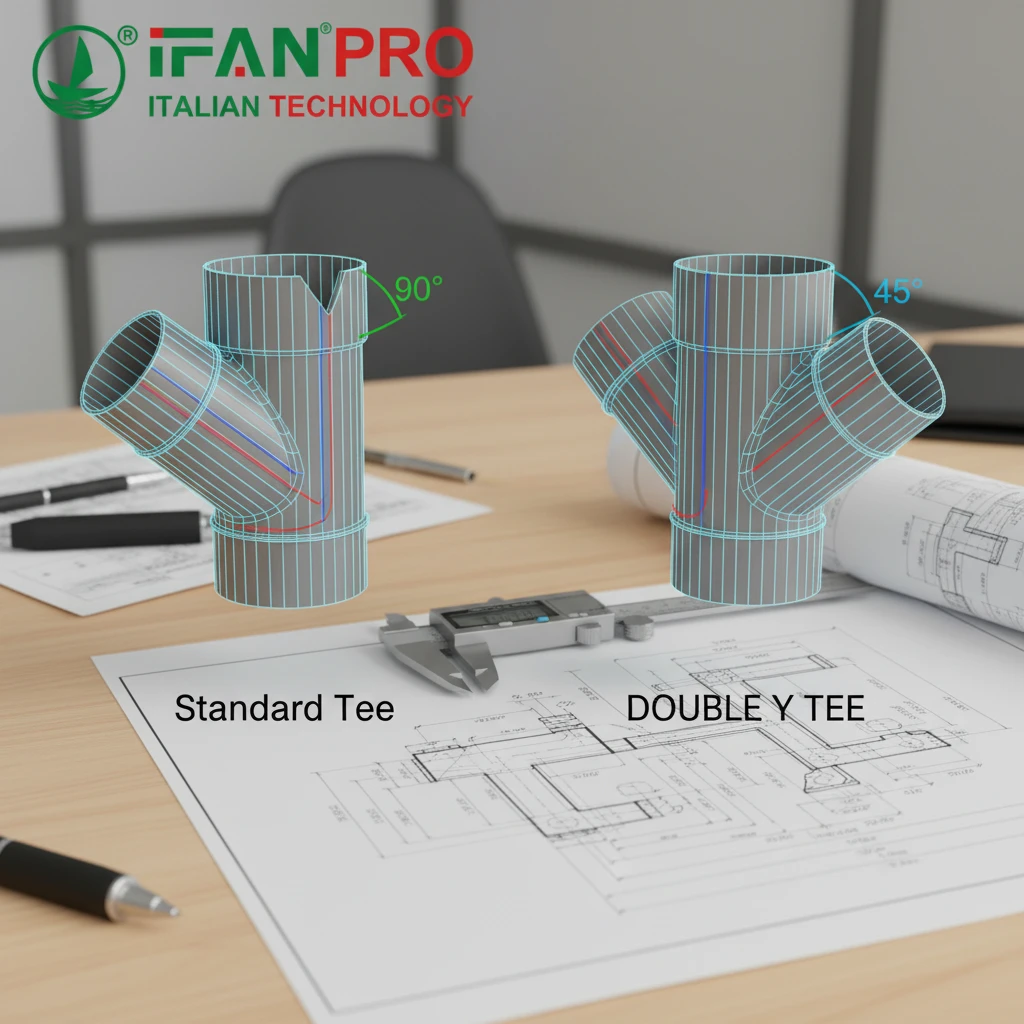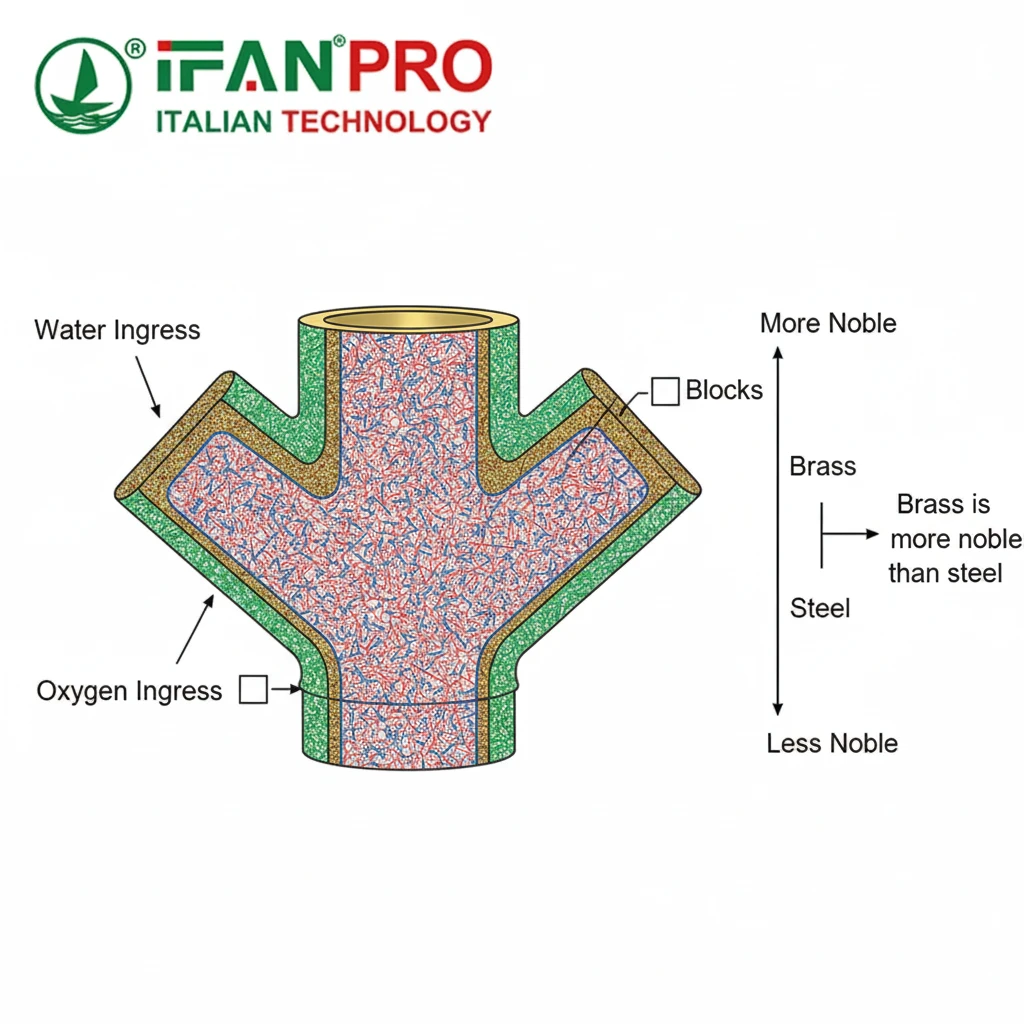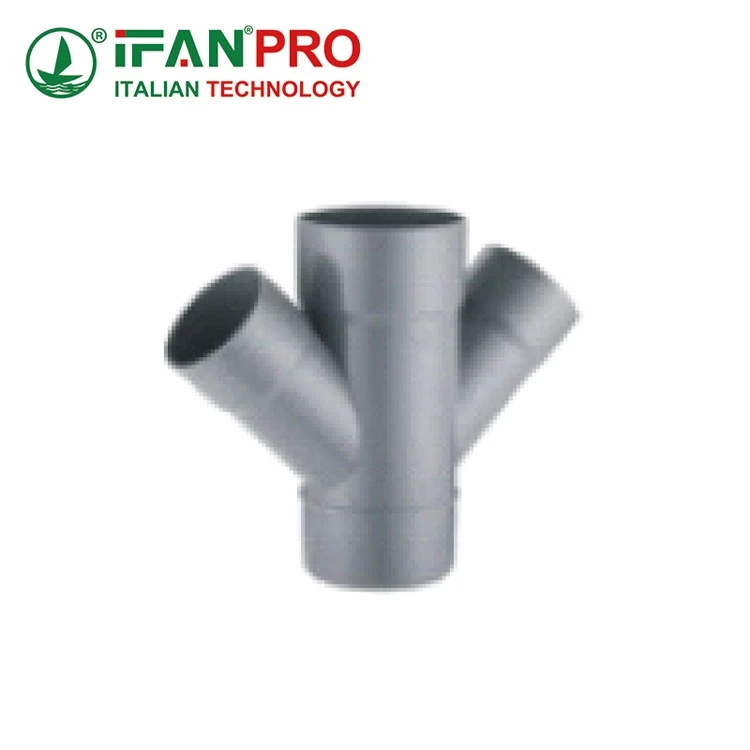Оглавление
隐藏
1. Introduction: The Growing Debate Over PPR vs. Copper in Potable Water Systems
- Highlight the shift toward sustainable, cost-effective plumbing solutions in residential and commercial projects.
- Pose the core question: Can PPR pipes match or exceed copper’s performance in drinking water lines?
- Briefly introduce key considerations: cost, durability, safety, and installation ease.
- Link to your expertise as a manufacturer (e.g., “At IFAN Pro, we’ve engineered PPR solutions for global water systems—here’s what you need to know”).
2. PPR vs. Copper: A Side-by-Side Comparison of Key Properties
- Material Composition & Safety:
- Copper: Naturally antimicrobial but prone to corrosion in acidic water; heavy metal leaching risks at high temperatures.
- PPR (полипропилен рандом сополимер): Food-grade, non-toxic, and certified for potable water (e.g., NSF 61, KTW); inert to chemicals and minerals.
- Cost Efficiency:
- Copper: High upfront cost (2-3x more than PPR) and vulnerable to price fluctuations.
- PPR: Lower material and installation costs (faster fusion welding vs. copper soldering).
- Durability & Lifespan:
- Copper: Susceptible to pitting, erosion, and biocorrosion in harsh environments; lifespan 20-50 years.
- PPR: Corrosion-resistant, UV-stabilizable (with additives), and rated for 50+ years under standard conditions (70°C, 10 bar).
- Thermal Performance:
- Copper: Excellent heat conductivity (requires insulation for hot water lines).
- PPR: Low thermal conductivity (reduces heat loss by 50% compared to copper, saving energy costs).
- Flexibility & Installation:
- Copper: Rigid, requires fittings for bends; labor-intensive soldering or crimping.
- PPR: Lightweight, semi-rigid, and compatible with fusion welding for leak-free joints in minutes.
3. Advantages of PPR Pipes for Drinking Water Applications
- 1. Unmatched Corrosion Resistance:
- Ideal for regions with aggressive water (low pH, high chloride) where copper would degrade.
- Case study: A Florida community replaced corroded copper with PPR, eliminating blue-green water discoloration.
- 2. Hygienic & Lead-Free Assurance:
- PPR’s smooth inner surface prevents biofilm buildup and chemical leaching, meeting strict global standards (e.g., EU Drinking Water Directive).
- No risk of lead contamination from solder joints (common in copper systems).
- 3. Cost Savings at Every Stage:
- 40-60% lower material costs + faster installation = 30% total project savings vs. copper.
- Long-term: Reduced maintenance (no leaks, no pipe replacement) and energy efficiency from built-in thermal insulation.
- 4. Environmental Friendliness:
- PPR is 100% recyclable and requires 80% less energy to produce than copper.
- Lightweight pipes reduce transportation emissions and carbon footprint.
4. When Copper Might Still Be the Better Choice
- Extreme Temperature Applications:
- Copper handles sustained temperatures above 95°C (PPR’s max is 70°C for long-term use; short-term up to 95°C with pressure reduction).
- High-Mechanical-Stress Environments:
- Underground installations with heavy soil loads without proper support may favor copper’s rigidity (though PPR’s impact resistance is comparable with correct fittings).
- Aesthetic/Historical Restrictions:
- Heritage buildings or visible copper piping for design purposes may require retaining copper for aesthetics.

5. Real-World Applications: Where PPR Has Successfully Replaced Copper
- Сантехника для жилых помещений:
- Multi-story apartments in Dubai reduced water loss by 15% using PPR for hot/cold lines.
- Коммерческие здания:
- A London office complex replaced copper with PPR in its potable water system, cutting lifecycle costs by 40% over 20 years.
- Municipal Water Distribution:
- A Vietnamese city’s water utility chose PPR for its corrosion resistance in seawater-affected groundwater, extending pipe life from 10 to 50+ years.
6. How to Ensure PPR Works for Your Project: Key Selection Tips
- 1. Choose Certified PPR for Potable Water:
- Look for standards like NSF 61, WRAS (UK), or KTW (Germany) to guarantee safety.
- 2. Match Pressure & Temperature Ratings:
- Select PPR pipe classes (e.g., PN16 for 16 bar pressure) and confirm max operating temperature for your system.
- 3. Opt for High-Quality Fittings:
- Fusion-welded PPR fittings (not push-fit) ensure seamless joints; avoid cheap knockoffs with inconsistent wall thickness.
- 4. Consider UV & Impact Protection:
- For outdoor use, specify UV-stabilized PPR; add protective casing in high-impact areas.
7. Conclusion: Yes, PPR Can Replace Copper—With Key Considerations
- Final Answer: In 90% of residential and commercial drinking water applications, PPR outperforms copper in cost, durability, and safety. Copper remains a niche choice for extreme temperatures or specialized aesthetics.
- Your Next Step: Ready to switch to PPR? Explore IFAN Pro’s range of NSF-certified PPR pipes and fittings, engineered for global water systems.
- CTA:
- Загрузите наше бесплатное руководство: How to Transition from Copper to PPR in Potable Water Systems.
- Request a sample or quote for your project—our team helps tailor solutions to your exact needs.













Последние комментарии